Do you have a question about the Panasonic Viera TH-L32XM5X and is the answer not in the manual?
Safe handling practices for power cords and plugs to prevent fire and shock hazards.
Guidelines for power source connection and safe placement to avoid tipping or damage.
Advice on avoiding moisture, heat, ventilation, and proximity to other equipment.
Information on auto standby function and transport recommendations for safe use.
Instructions for attaching the pedestal base and bracket using provided screws.
Steps for securely fastening the TV to the pedestal using screws.
Method to secure the pedestal to the installation surface to prevent tipping.
Guidelines for optional wall bracket installation, including depth and screw type.
Diagram showing how to connect aerials and set-top boxes to the TV.
How to connect the TV to an amplifier and speaker system for audio output.
Connecting DVD players and recorders to the TV via HDMI or AV inputs.
Guidance on connecting PCs and USB devices for viewing and playback.
Identification and function of buttons and terminals on the TV itself.
Detailed breakdown of all buttons on the remote control and their functions.
Instructions and precautions for inserting and replacing batteries in the remote control.
Connecting power, selecting language and area for initial TV setup.
Process of scanning and storing available TV channels automatically.
Choosing between Home and Shop modes for optimal viewing experience.
Turning on the TV, selecting channels and modes for viewing.
Features like freezing picture, setting the Off Timer, and changing aspect ratio.
Adjusting channel colour settings, multiplex sound modes, and volume correction.
Navigating the Input Selection menu to choose connected devices like AV, PC, or HDMI.
Options to label, skip input modes, and adjust aspect ratios for external equipment.
Information on connecting PCs via audio cables or HDMI for enhanced input.
Step-by-step guide to accessing and navigating through the TV's menu system.
How to change settings, use slide bars, and move between menu screens.
Instructions for resetting picture, sound, or all system settings to default.
Detailed explanation of picture adjustments like brightness, contrast, colour, and noise reduction.
Options for sound modes, equaliser, balance, surround sound, and volume control.
Specific settings for PC input, 3D-COMB, speaker distance, and HDMI audio.
How to reset Picture and Sound menu settings back to their default values.
Settings for PC input resolution, position, clock, and sync signals.
Controls for channel list editing, auto and manual tuning, and OSD language selection.
Customizing banner display timeout, input labels, and playing time display.
Options for shipping condition reset, software license, and system information display.
Adjusting AV colour system, colour matrix for SD/HD signals.
Features like auto standby, power save, and 16:9 overscan settings for optimal viewing.
Hiding, revealing, or skipping unwanted channels for organized viewing.
Procedures for automatically scanning all channels or manually tuning specific ones.
Locking channels or inputs with a PIN to restrict access for children.
Customizing names for input terminals or skipping unused ones.
Steps to insert USB flash memory and select the Media Player function.
Displaying and sorting photos via thumbnail or folder view.
How to view photo information, change background music, and select content.
Viewing individual photos one at a time with operation guide.
Instructions for starting and controlling slideshows of photos.
Customizing transition effects, screen mode, interval, and background music for slideshows.
Playing music from folders or individual files, with playback controls.
Configuring repeat playback options for music files.
Connecting digital AV equipment via HDMI for high-definition images and sound.
Using an adapter cable for DVI output equipment and connecting audio separately.
Supported PC signal names, frequencies, and resolutions for HDMI and D-sub connections.
Diagram showing pin assignments for the D-sub 15-pin PC connector.
Table listing component and HDMI input signals, and PC signal compatibility.
Details on supported file formats (JPEG) for photos in Media Player.
Choosing between STEREO, MONO, MAIN I, SUB II based on broadcast signal type.
Explains NICAM and A2 German systems and their availability by region.
Troubleshooting common problems like white spots, no image/sound, or distorted audio.
Solutions for remote control intermittency and handling error messages.
Explanations for minor panel movements and the auto standby function.
Details on power consumption, rating, standby, panel type, screen size, and pixels.
Speaker output, receiving systems (PAL/NTSC/SECAM), and band names.
Specifications for AV, component, HDMI, and PC connection terminals.
Information on USB port, physical dimensions, mass, and licensing details.
| Screen Size | 32 inches |
|---|---|
| Resolution | 1366 x 768 pixels |
| Display Type | LED |
| HDMI Ports | 2 |
| USB Ports | 1 |
| Wi-Fi | No |
| HD Technology | HD Ready |
| Aspect Ratio | 16:9 |
| Refresh Rate | 50 Hz |
| Smart TV | No |
| Audio Output | 20 W |


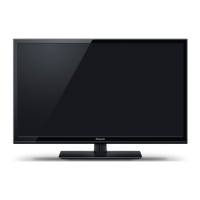
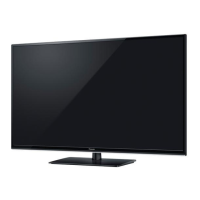
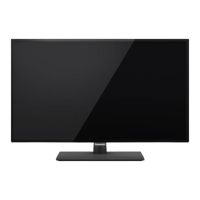
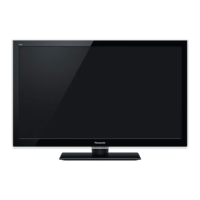


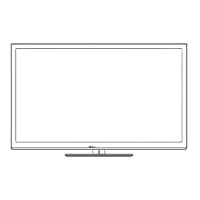


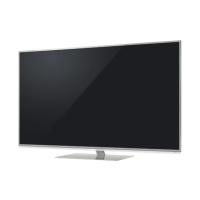
